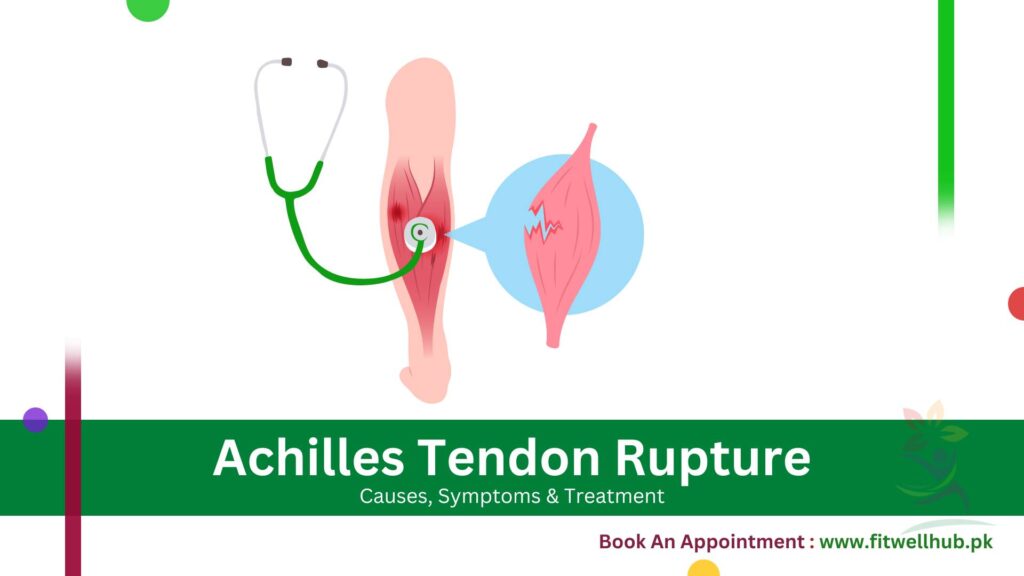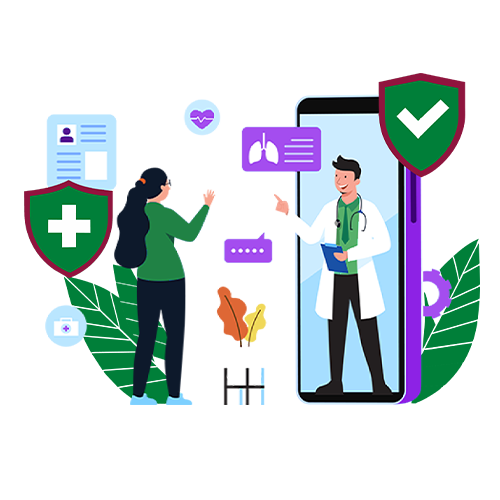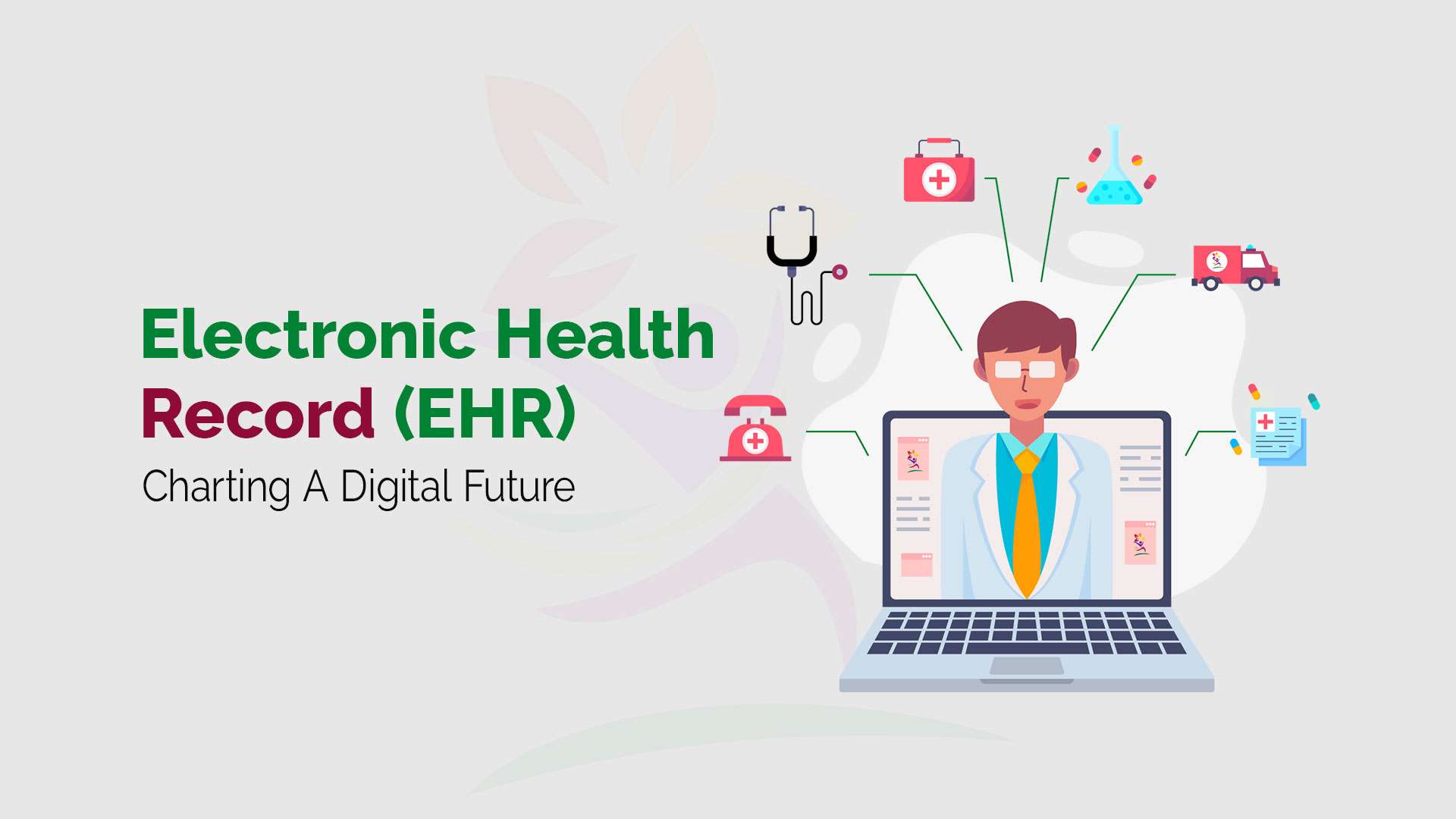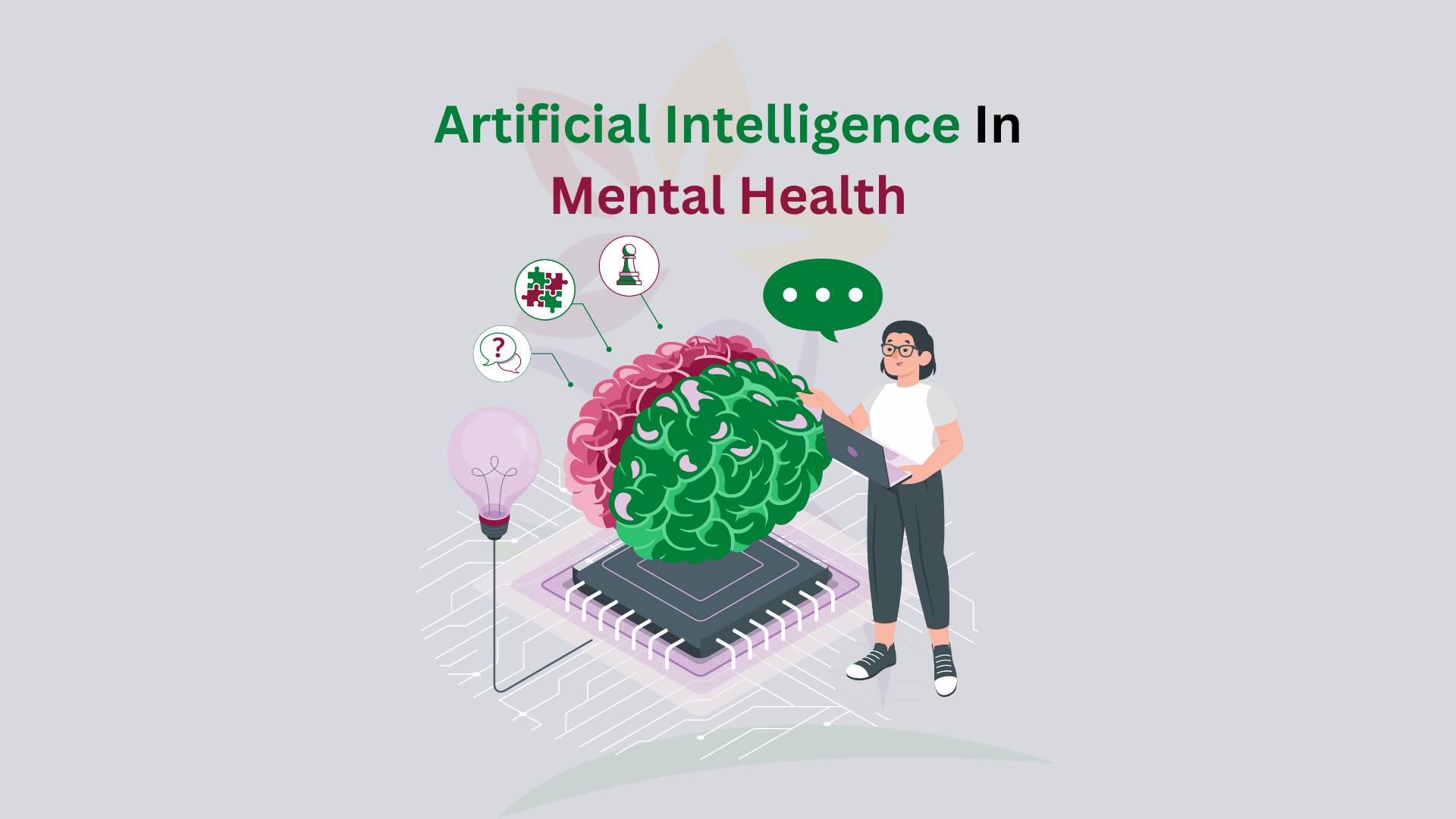The Achilles tendon is a strong fibrous tendon that connects the calf muscles to the heel bone. It is also called a calcaneal tendon. Tendons are strong cords of flexible tissues where muscles connect to the bones. It helps move the foot walking, jumping, playing, and performing other physical activities.
Quick Links
ToggleTendon Rupture is the largest tendon of the human body that can bear the heavy external forces of everyday activities and athletic workouts. It can be injured or ruptured due to excessive movement, causing difficulty in movement. It requires a lot of time and treatment for recovery.
Check Also: All About Achilles Tendinitis
Torn Achilles Symptoms Identification
It is crucial to identify the potential symptoms of torn Achilles to treat it timely and effectively. Some common symptoms are discussed below:
- Severe Pain: The first and most common symptom of the tendon tear is severe pain in the calf area or back of the heel. This pain is unbearable and causes snapping sensations.
- Swelling & Bruising: Within a few hours of injury, swelling and bruising starts. It causes discoloration of tendons due to excessive internal bleeding.
- Walking Difficulty: When the tendon is completely ruptured, it becomes difficult or nearly impossible to walk.
- Loss of Movement: Due to the disconnectivity of the calf muscles with the heel, it becomes difficult for the leg to bear body weight or walk.
- Plantarflexion Difficulty: A ruptured tendon can also cause difficulty in plantarflexion in which the foot cannot move downward to the ground or dorsiflexion raising of foot from the ground.
- Gap Sensation: In some cases, a defective gap can also be felt along with the Achilles tendon denoting the complete rupturing of the tendon.
When to See a Doctor
If you are continuously experiencing sudden pain, a popping sound, swelling, or difficulty in walking then go for a medical check-up. Early diagnosis and prompt treatment are essential for proper healing and recovery. At Fitwell Hub we have specialists who provide expert care for Achilles tendon ruptures. Book your appointment today and take the first step towards your recovery!
Causes and Risk Factors of Achilles Tendon Injury
A torn Achilles can occur for various reasons ranging from chronic overuse to sudden trauma. Some causes and risk factors are discussed below. Forceful Movements: when the Achilles tendon is stretched or contracted excessively it gets damaged. For example, it happens during activities like tennis, basketball, running, etc.
Overuse Injuries: Athletes and runners repetitively stress their Achilles tendons during their activities. It causes micro-tearing in the Achilles that further leads to the complete rupturing of the Achilles tendon.
Aging: Aging is a major factor in the rupturing of the Achilles tendon. In older age people tendon’s flexibility is reduced making them vulnerable to being injured easily by any stroke. It more commonly occurs after the age of 30 years.
Medical Conditions: Some medications like corticosteroids and medical conditions like gout, and rheumatoid arthritis can also weaken the Achilles tendon and make it easily susceptible to disease.
Inadequate warm-up: Engaging in high physical activities before proper warming up can also weaken the Achilles tendon.
Improper footwear: Shoes also affect the Achilles tendon. Wearing hard shoes that do not provide proper support or cushioning, can stress the Achilles tendon hence increasing the risk.
Diagnosis of Achilles Tendon Tear: Tests and Procedures
Healthcare providers use various tests and procedures to accurately diagnose and treat effectively a torn Achilles. These techniques include:
- Physical examination: The first step for diagnosing an Achilles tendon is physical examination. During this examination, the doctor thoroughly examines the swollen and bruising part of the tendon by identifying gaps and defects in the tendon.
- Thompson Test: This test first was described by the orthopedic surgeon Franklin Adin Simmonds. This test involves the squeezing of calf muscles while lying on the stomach.
If the Achilles tendon is intact, the foot will move downward easily. If it is ruptured then there will be no movement of the foot.
Imaging Tests
- Ultrasound: For detailed scanning and images of the Achilles tendon and surrounding structures ultrasound test is used, which helps to identify the location and extent of the tear.
- Magnetic Resonance Imaging (MRI): This is also a scanning test that can provide high-resolution images of the Achilles tendon and surrounding soft tissues, helping in the diagnosis and determining the severity of the injury.
In some cases, other tests like blood tests or X-rays may also be used to identify other causes and complications. At FitwellHub, our laboratory offers comprehensive diagnostic tests to help identify the underlying causes.
Treatment options for a Torn Achilles
The treatment options vary from person to person depending on various factors, like the patient’s age, the severity of the injury, activity level, and overall health. The two main treatment options are
- Surgical Treatment
- Nonsurgical Treatment
Surgical Treatment
Surgical treatment is often used for younger age people or athletes who perform high physical activities. During this process torn ends of the tendon are reattached by sutures, anchors, or other repairing techniques.
Its advantages are: It improves the functioning of the repaired tendon and strengthens it. It also reduces the risk of again rupturing the tendon. After this patient recovers rapidly and comes back to normal physical activities. Though it is effective still it carries some risks like nerve damage, infection, and complications due to anesthesia.
Non-Surgical Treatment
For partial damage of the tendon or less physical activity performing people, non-surgical treatment is used. It can be done in the following ways:
- Immobilization: It is a non-operative process in which the leg is immobilized in a cast until the tendon is healed.
- Physical therapy: After initial healing completion, the process of physical therapy is used to gradually restore leg motion, strength, and flexibility.
- Assistive devices: Walking boots or crutches may be used during the early stages of recovery to prevent weight-bearing on the affected leg.
This process is less invasive but it increases the risk of re-rupturing of the tendon. It also takes a lot of time for recovery as compared to surgical procedures.
Preventive Measures
Following preventive measures can be opted to reduce the risk of tendon injuries. Proper warming up before any physical activity and following it up with a cooling down are quite helpful in reducing tendon injury risk. Regular stretching and flexibility exercises maintain optimal range of motion and reduce the risk of injuries. This improves overall muscle balance and stability.
If someone is taking physical activity after an injury or long-term break he must increase the intensity and duration of workload gradually. So, the body may adopt this activity and reduce the risk of Achilles tendon. The use of proper, high-quality supportive shoes is also necessary to avoid tendon rupture. Cycling, swimming, and other low physical activities can also help to reduce stress on the Achilles tendon. Consult with your doctor in case of any pain or discomfort to cure it on time.
Life After Torn Achilles Tendon: Managing Long-Term Effects
Some people fully recover after an Achilles tendon rupture, but some may experience long-term effects that require continuous management. These effects can include:
It can reduce the strength and flexibility of the affected leg even after recovery. People who have suffered an Achilles tendon rupture are at a higher risk of having a similar injury in the future again, particularly if they do not take proper preventive measures. In some cases, people may experience stiffness in bones, and continuous pain, in the affected area, which require constant management and treatment. Certain lifestyle modifications need to be modified or avoided to prevent further damage or re-injury. To manage Achilles tendon rupture some preventive measures can be opted. Continuous exercise maintains strength, flexibility, and overall fitness. The use of orthotics and supportive braces provides additional support and stability. To alleviate pain, physical therapy and massage are the best options. For the best consultation and guidance, it is necessary to consult with your healthcare provider virtually or incline.
In conclusion, an Achilles tendon rupture needs quick medical care to heal properly and get you moving again. With the help of telemedicine and Electronic Health Records (EHR), doctors can offer timely diagnosis and treatment options, whether surgery or other methods. Most people can fully recover, and physical therapy is important for building strength and avoiding future problems.
Check Also: Access Doctor Now
Frequently Ask Question (FAQ’s)
Ciprofloxacin, Fluoroquinolones, and levofloxacin can cause Achilles tendon rupture.
You can strengthen your Achilles tendon with exercises like heel raises and eccentric calf stretches.
It can rupture due to sudden, excessive stress or force, often during activities that involve intense physical exertion.
Keep your Achilles tendon healthy by maintaining flexibility, regularly stretching, strengthening the calf muscles, and avoiding overuse.
The Achilles tendon is prone to injury because it bears a significant amount of stress and tension during activities like running and jumping.











